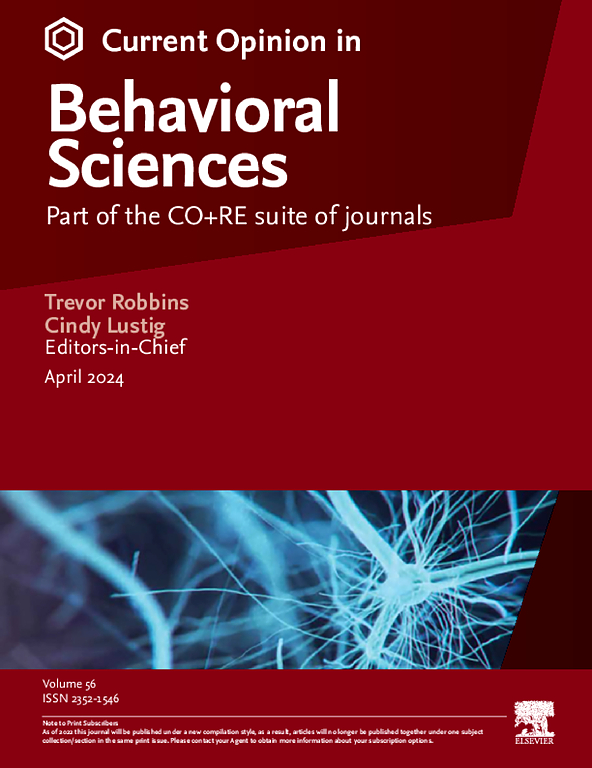社会规范与孤独
IF 3.5
2区 心理学
Q1 BEHAVIORAL SCIENCES
引用次数: 0
摘要
社会规范——作为文化的定义特征——似乎会影响人们的孤独感以及他们感到孤独的原因。首先,社会规范会影响孤独风险的普遍程度(即某些风险有多普遍)。例如,一个人的家庭越普遍,社会孤立的孤独风险就越普遍。此外,社会规范可以影响孤独风险的预测强度(即它们与孤独的关联程度)——例如,通过确定人们因哪些特征而受到社会认可(例如同性恋、害羞),或者他们对哪些关系特征感到不满意。例如,在伴侣关系中越常见,单身就越可能预示着对关系的不满,从而导致孤独。这篇综述总结了社会规范对孤独影响的理论和缺乏经验证据,表明需要针对具体情况而不是一刀切的干预措施。本文章由计算机程序翻译,如有差异,请以英文原文为准。
Social norms and loneliness
Social norms — as defining features of culture — seem to influence how lonely people feel and what they feel lonely for. For one, social norms can affect the prevalence of loneliness risks (i.e. how common certain risks are). The more common one-person households are, for example, the more prevalent the loneliness risk of social isolation becomes. Furthermore, social norms can influence the predictive strength of loneliness risks (i.e. how strongly they are associated with loneliness) — for instance, by determining which characteristics people are socially sanctioned for (e.g. homosexuality, shyness) or which relationship characteristics they feel dissatisfied with. The more common it is to be in a partnership, for example, the more strongly singlehood may predict relationship dissatisfaction and, thus, loneliness. This review summarizes theorizing and the scarce empirical evidence about the influence of social norms on loneliness, suggesting a need for context-specific rather than one-size-fits-all interventions.
求助全文
通过发布文献求助,成功后即可免费获取论文全文。
去求助
来源期刊

Current Opinion in Behavioral Sciences
Neuroscience-Cognitive Neuroscience
CiteScore
10.90
自引率
2.00%
发文量
135
期刊介绍:
Current Opinion in Behavioral Sciences is a systematic, integrative review journal that provides a unique and educational platform for updates on the expanding volume of information published in the field of behavioral sciences.
 求助内容:
求助内容: 应助结果提醒方式:
应助结果提醒方式:


